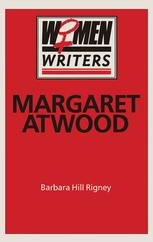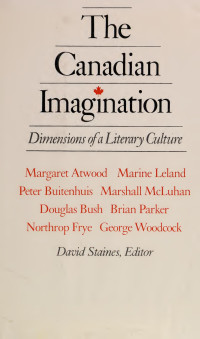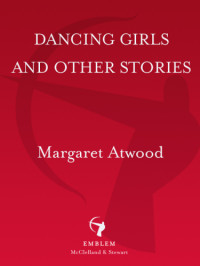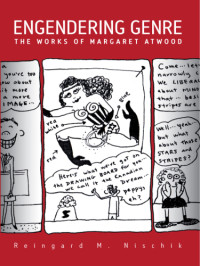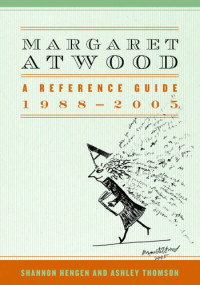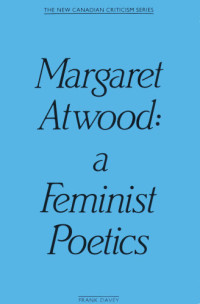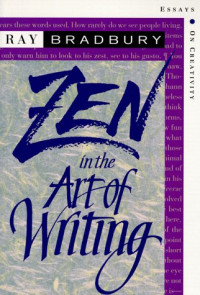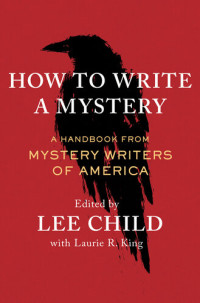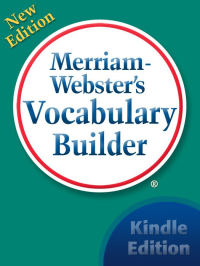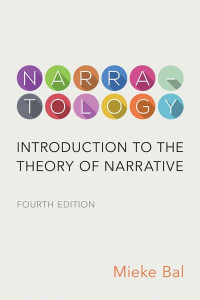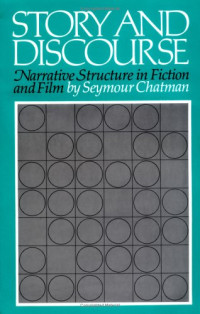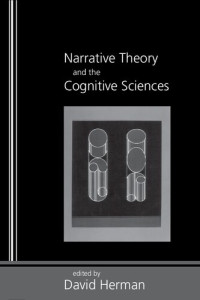
Brutal choreographies: oppositional strategies and narrative design in the novels of Margaret Atwood
J. Brooks Bouson
Brutal Choreographies investigates the novels of Margaret Atwood, focusing on their psychological and political concerns. Drawing on recent feminist and psychoanalytic theory, J. Brooks Bouson examines Atwood's recurring self, family, and romantic dramas, her novelistic subversion of romantic love ideology, and her critique of gender and power politics. Bouson also considers the oppositional strategies used in Atwood's novels: their punitive plotting and enactments of female revenge fantasies, their dialogic resistance to romantic discourse, and their self-conscious manipulation and sabotage of romance and other traditional plot lines and conventions.From the protofeminism of The Edible Woman, the cultural feminism of Surfacing, and the examination of the perils of Gothic thinking in Lady Oracle to the domestic and sexual warfare of Life Before Man, the anti-feminist backlash terrors of Bodily Harm and The Handmaid's Tale, and the power politics of female relationships in Cat's Eye, Atwood's women-centered fiction has strong oppositional appeal. Because Atwood does not shun what she calls the "story of the disaster which is the world," her tales are often brutal, portraying female victimization at the hands of the husband or male lover, the mother, or the female friend. But if the Atwood novel has the power to disturb, compel, and at times brutalize its reader, it is also carefully choreographed, using form and design to contain and control the female fears, anxieties, and anger that drive the narrative.
Categories:
Year:
1993
Publisher:
Univ of Massachusetts Press
Language:
english
ISBN 10:
0870238450
File:
EPUB, 427 KB
IPFS:
,
english, 1993
 Amazon
Amazon  Barnes & Noble
Barnes & Noble  Bookshop.org
Bookshop.org  File converter
File converter More search results
More search results More benefits
More benefits 

